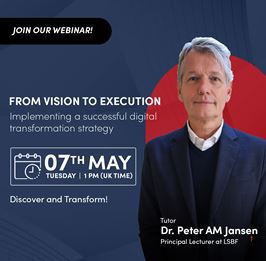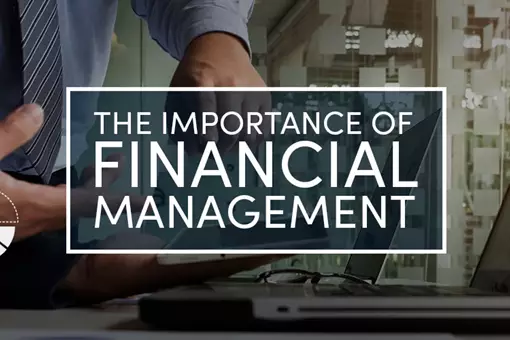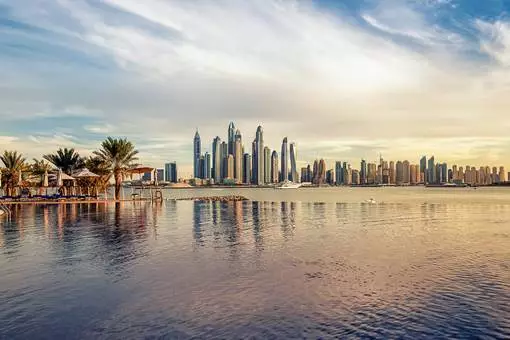What is Asset Recovery? – Part 2
- 6th December 2013
- Written by LSBF Staff
- Accountancy & Finance

Asset Recovery’ is a multi-faceted term that could entail many a meaning. In the last of this two-part series on this subject, Jonathan Price explains what ‘Asset Recovery’ is by taking a closer look at the Costa Concordia case …
Yesterday we explored the ‘Asset Recovery’ subject by enquiring into the Lehman Brothers bankruptcy case. Today, we shall look at it from a different angle by studying the Costa Concordia case.
The other types of asset recovery can all be considered as a form of sustainable business, a type of recycling, as they all involve transferring an asset from an owner that is no longer using it to one that sees it as having value. The field of asset recovery employs a large number of specialists, whether they are experts in the safe scrapping of IT equipment, the demolition of obsolete buildings, the re-use of industrial machinery or the liquidation of the assets of bankrupt companies. The two examples of asset recovery considered by this article both stand out for the outstanding work done by the specialists employed on them.
The example we will look at today, compared to Lehman Brothers, is in an entirely different field. It is the raising of the liner Costa Concordia from the seabed off the Italian island of Isola del Giglio. This asset recovery also involved a large number of specialists from various countries all working together to achieve the largest marine salvage operation of its kind.
What was remarkable about this operation and how was it achieved? To understand the size of the achievement it is necessary to assess the risks that the salvage team were facing and the technical difficulties they faced.
The main task of the salvage, the essence of success as it were, was to pull the liner into an upright position without the ship breaking up, so that it could later be re-floated and towed to a ship breakers to be cut up for scrap. The reason why bringing the ship up in one piece was so important was the risk of ecological disaster if she broke up. The Isola del Giglio is situated in the Arcipelago Toscano national park, and the local economy is dependent on tourism with travellers being drawn to the area by the unspoilt natural beauty.
The Costa Concordia is a diesel powered vessel and the wreck contained a large quantity of contaminants including the sewage produced by 4,880 passengers and crew and a vast quantity of rotten food and other soft commodities. The prospect of these toxic substances escaping into the sea, the damage that it would cause to the eco-system and the cost of the clean-up, were too awful to contemplate.
Given the need to right the ship in one piece and the fact that such an operation had never been attempted before, what was the approach taken by the salvage team, bearing in mind that the ship weighed 114,000 tonnes and was never designed to be hauled up?
The key to the operation and to dealing with such knotty problems as welding wet steel to bear such huge weight, was the ability to model all possible outcomes in computer simulations. The team took every imaginable scenario of weather, temperature, accident, breakage, sea movement etc. and modelled the outcome. This undertaking enabled them to foresee the likely consequences of each action and to plan the best possible course to minimise risk and maximise the chances of success. Such an analysis would not have been possible even five years ago.
The result was a tremendous success for all concerned. The ship was righted in one piece with minimal leakage of contents.
So what do Lehman Brothers and the raising of the Costa Concordia have in common? Both were rescue operations designed to minimise loss and to recover the maximum value from the assets involved. Both succeeded because of the creativity and dedication of the asset recovery specialists and both illustrate the practical application of the principles of sustainability to business disasters.
 Jonathan Price is an Associate Lecturer at LSBF
Jonathan Price is an Associate Lecturer at LSBF
For those who are, or desire to be, market-conscious and investment-minded, we offer a course on Investment Management as well as an Advanced Certificate Programme on Investment Banking and Capital Markets.
< Principal image, courtesy of ‘LWPkommunikacio’ on Flickr / Some rights reserved >
A version of this article has been published in InterContinental Finance
Other News
The Importance of Financial Management
Financial management is one of the most important aspects in business. In order to start up or even run a…
ACCA and CIPM of Nigeria sign a collaborative agreement
According to a recent article by The Guardian earlier this month, the Association of Chartered Certified Accountants (ACCA) and the…
AAT achieve KHDA recognition
We are excited to announce that AAT has been officially recognised as an International Certification Organisation by the Knowledge and…



